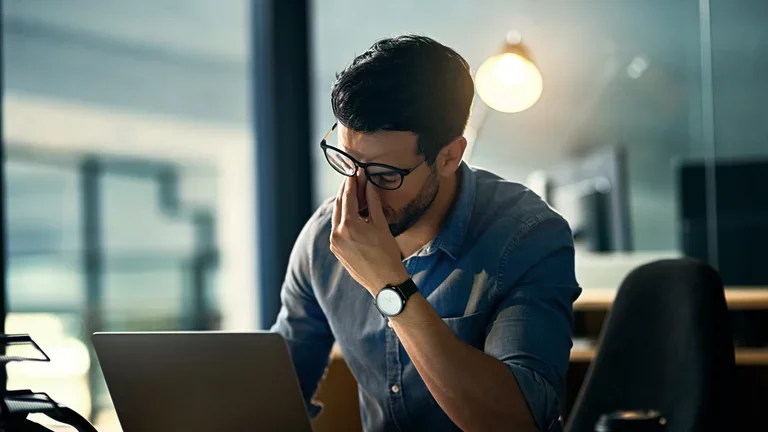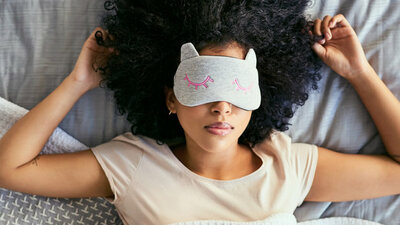Recent studies shed some light on how shift work can affect sleep apnea. In one study, 31 shift workers were compared with ten daytime workers of a similar age, weight, and sleep habits, to see the prevalence of their obstructive sleep apnea (OSA) during sleep.1
Does shift work worsen OSA?
The study showed that the shift workers had more frequent breathing pauses and lower oxygen saturation levels during sleep than the daytime workers, indicating that people with sleep apnea who work shifts may experience more severe symptoms than people who work regular hours.
Our society may rely on shift workers to be productive 24 hours per day, and on average 1 in 3 Canadians works shifts.2 Poor sleep quality experienced by shift workers is a reality that creates potential health risks such as low concentration, absenteeism, workplace errors, accidents and even fatal injuries.
Can I still work shifts and enjoy the full benefits of healthy sleep?
You can work the night shift and sleep well by making a few changes to your sleep hygiene:
- Keep your sleeping environment dark, cool and quiet.
- Use blackout drapes.
- Wear a sleep eye mask and earplugs.
- Cover bright devices such as digital clocks with a towel.
- Wear dark wrap-around glasses when driving home in the daylight hours after working nights, so your body perceives it as bedtime.
When you wake up:
If you're working the night shift, expose yourself to bright light, such as that from special light boxes, lamps, and visors when you wake up to trick the body into thinking it is daylight. Keep your workplace brightly lit to promote alertness.
I take naps at work. Should I be using my CPAP?
You should use your CPAP equipment every time you sleep to get the full health benefits from your therapy. If you take naps without your machine you will experience apneas, or pauses in breathing, making your nap restless.
Some shift workers who nap at work take their everyday PAP machine to work, and others use a special portable machine. You can also leave one humidifier at work and one at home, to ensure it is accessible to you when you need it.
As you get more familiar with your therapy needs, you will understand what equipment setup best suits your needs. You can contact us to review and get suggestions for CPAP.
Finally, studies show that people with Sleep Apnea who work shifts may have more severe symptoms of sleep apnea. Whether you work shift or not, be sure to use your CPAP for the entire sleep duration.
Are you having trouble using your CPAP for your complete sleep duration?



